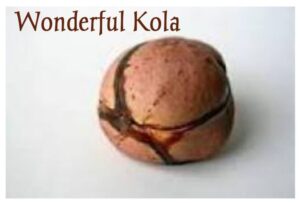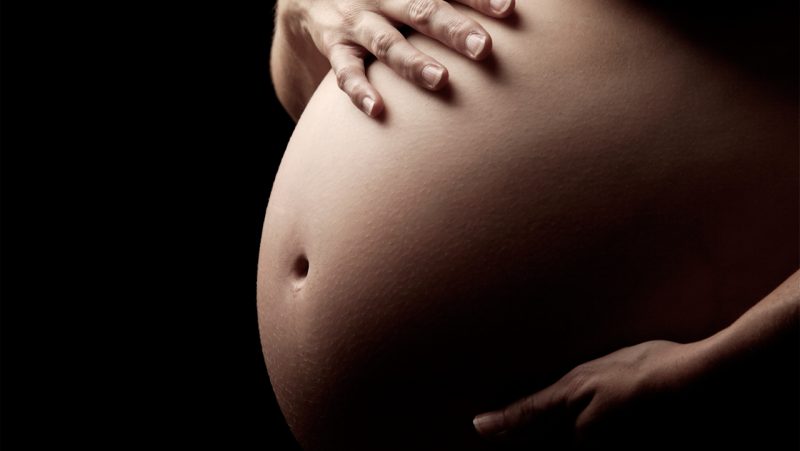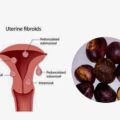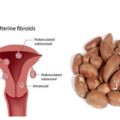Buchholzia coriacea, popularly known as wonderful kola is a very important plant in many African countries. It contains several bioactive compounds while the essential oil contains several chemical compounds that depict the medicinal properties of the plant. Wonderful Kola” is a perennial plant which grows as a tree. It belongs to the family Capparaceae and the Yoruba name for wonderful kola is ‘uworo’ ‘, ‘it is known as owi’ in Edo and ‘uke’ among the Igbo people of South Eastern Nigeria.
Wonderful kola is known as memory nut because it enhances the memory. It acts as cleaner of the blood, facilitates learning ability and strengthens the nervous system, and also effective in the treatment of menstrual problems. It is also useful in the treatment of hypertension and also prevents premature aging; it has also been proved in Africa that Wonderful kola has the ability to stop migraine/headache when applied on the fore head for ten minutes.
Several traditional claims and scientific validations have been made on the efficacy of leaves and seeds of the wonderful kola plant. It has been scientifically validated that wonderful plant have analgesic, anti-depressant, anti-malaria, anti-anxiety, anti-diabetes, anti-microbial, anti-oxidants, anti-helminthes, anti-ulcer, anti-inflammatory, anti-oxidants, hyperlipidemia, anti-hypercholesterolemic, anti-atherogenic, anti-trypanosomal, anti-modulatory, anti-spasmodic, anti-diarrhoea and anti-fertility activities.
Traditional medicine practitioners use the plant for the treatment of fever, cough, hypertension, headache, sinusitis, catarrh, small pox, scabies, chest pains, boils, syphilis, earache, headache, gonorrhea, rheumatism, cold and catarrh.
Wonderful kola for infection
Infection is defined as the invasion and multiplication of microorganisms such as bacteria, viruses, and parasites that are not normally present within the body. An infection may cause no symptoms or it may cause symptoms and be clinically apparent. An infection may remain localized, or it may spread through the blood or lymphatic vessels to become systemic (bodywide). Microorganisms that live naturally in the body are not considered infections. For example, bacteria that normally live within the mouth and intestine are not infections. Studies have variously shown that wonderful kola seed contain antimicrobial (antibacterial and antifungal) activities. The antimicrobial properties have been widely attributed to bioactive components such as alkaloids and tannins. Studies have indicated that the seed of wonderful kola is sensitive to both gram positive and gram negative organisms. A study published in Pharmaceutical Biology reported that wonderful kola extract has a very wide safety margin and was capable of improving immune response.
However, despite being used in the treatment of infection, a study published in the Archives of clinical microbiology reveals that extracts of wonderful kola cannot be used as an alternative for the treatment of urinary tract infections
How To Use Wonderful Kola For Fertility
Infertility is a term that describes when a couple is unable to achieve pregnancy after 1 year of having regular, unprotected sex, or after 6 months if the woman is older than 35 years of age. There are several factors that can affect your fertility such as;
Age: Female age is the most important factor affecting fertility. As women age, there is a reduction in both the quantity and quality of available eggs , which means that older women are less likely to get pregnant and, if they do get pregnant, they are more likely to have a miscarriage.
Previous Pregnancy: Couples are more likely to get pregnant if they have previously achieved a pregnancy together (irrespective of whether or not that pregnancy resulted in the birth of a baby) compared to couples that have never been pregnant.
Duration of subfertility: The longer couples have been trying to get pregnant, the less likely they are to be successful. If a couple have been trying to get pregnant for less than 3 years they are almost twice as likely to get pregnant than couples who have been trying for more than 3 years.
Timing and Frequency of Sexual Intercourse: The chance of getting pregnant is low at the beginning of the cycle and starts to increase from about day 8 onwards. Women are most likely to get pregnant if they have sex 2 days before they ovulate (i.e. on day 12 of 28-day cycle). In addition, once ovulation has occurred, the chance of getting pregnant decreases dramatically. In addition, couples that have regular sex 2-3 times a week are most likely to get pregnant.
Lifestyle Factors: Overweight women who have irregular periods are less likely to release an egg each month (ovulate) than women with regular periods. Women who smoke are 3 times more likely to experience a delay in getting pregnant than non-smokers. Even passive smoking can be harmful. Some studies report that drinking more than 5 units of alcohol a week may reduce female fertility but others state that low to moderate alcohol consumption may be associated with higher pregnancy rates than non-drinkers. In men, excessive alcohol may lead to difficulties maintaining an erection, impaired ejaculation and reduced sperm quality. ALSO READ: : How To Use Bitter Kola To Last Longer In Bed
The menstrual cycle is controlled by hormones. In each cycle, rising levels of the hormone oestrogen cause the ovary to develop and release an egg (ovulation). Anything that affects these hormones or the womb like fibroids can negatively affect fertility. Traditionally, wonderful kola is used for the treatment of fibroids, to promote regular menstrual flow and tackle menstrual problems. However, according to a study published in the Nigerian journal of physiological sciences the extract of wonderful kola may have antifertility effects in males.
How Wonderful Kola is Used
Leaf decoctions of wonderful kola are taken to treat sterility in women; a bath is taken in the decoction for the same purpose. Leaf infusions are applied to the eyes against filarial nematodes, and powdered or pulped leaves are applied to treat fever, rheumatism, ulcers, boils and haemorrhoids. Ground fruits are applied as anodyne.
Fruit kernels are chewed to treat angina and nose bleeding, and fruit extracts are taken as anthelmintic. Ground fruits are applied against fever and pain, and fruit scrapings are administered to treat asthma and cough. Seed preparations are taken to treat pain, fever, diabetes, hypertension, cough, psychiatric disorders and impotence, and as anthelmintic. Seed powder is sniffed or applied locally as anodyne, and seed pulp is applied to snakebites. Seed oil is taken against menstruation problems and gastro-intestinal complaints. The bark is used as an ingredient in the preparation of arrow poison.
The fruits are occasionally eaten after boiling, as well as the seeds which have a peppery taste and are used as a substitute of capsicum pepper. In Côte d’Ivoire, the seed is chewed as a substitute of kola nuts. SEE: How To Use Clary Calm For Fertility







